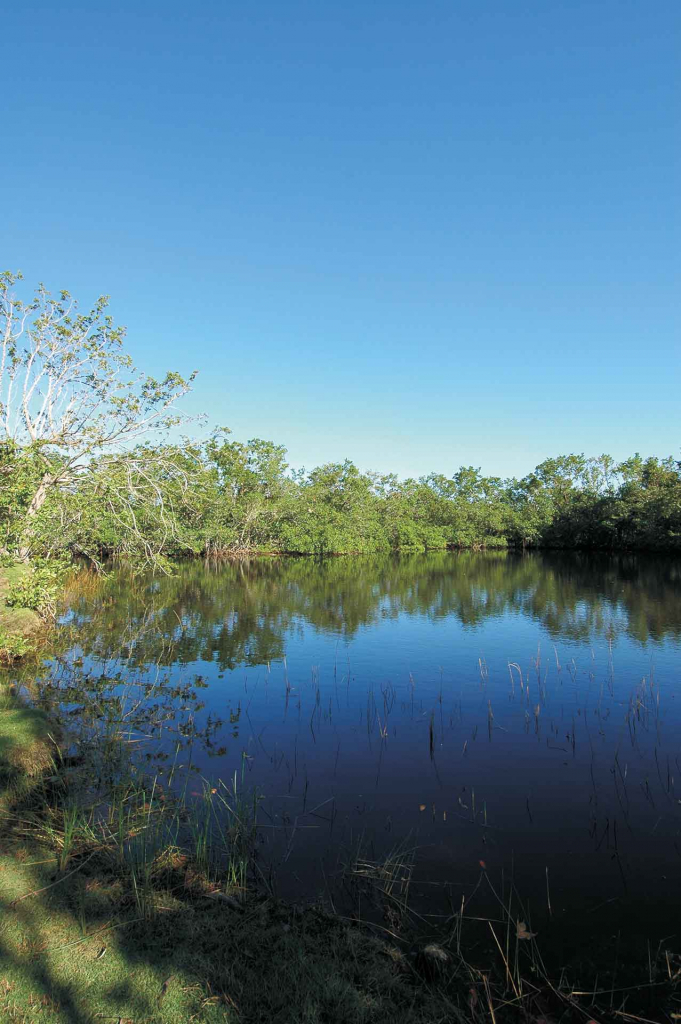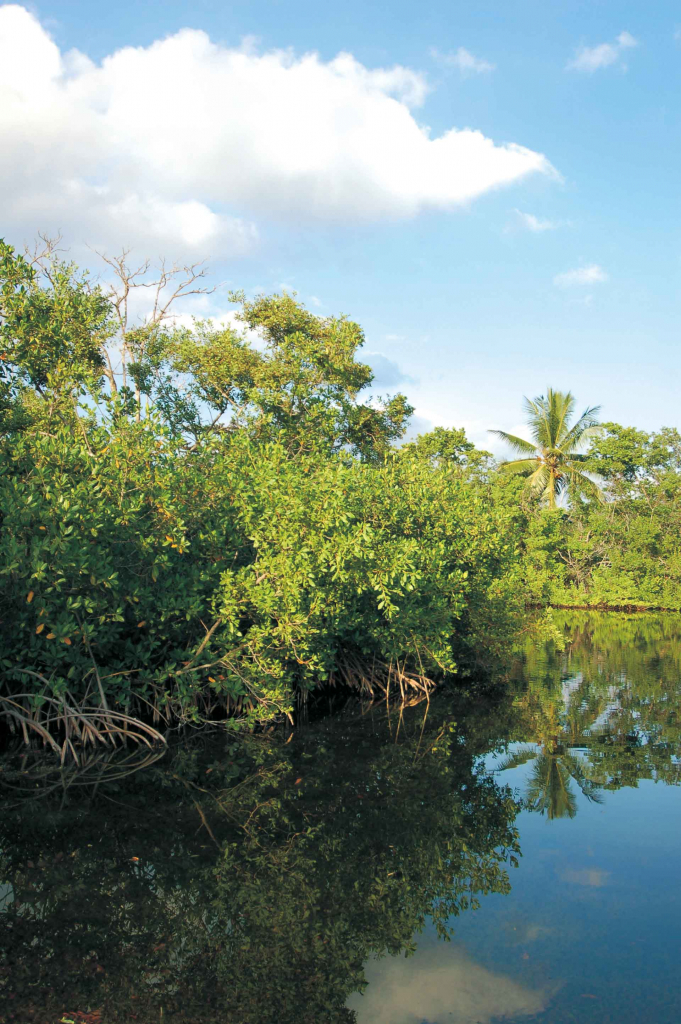Keys Coastal Habitat

Developed in partnership with the Tropical Audubon Society, the Keys Coastal Habitat is a four-acre naturalistic habitat featuring many species native to South Florida, especially those of the Florida Keys. Created to attract migratory birds and local wildlife, this area gives a nice overview of the local ecosystem and the interactions of plants and animals.
In addition to the many bird species, butterflies and other insects, you will find in the Keys Coastal Habitat:
Red mangrove, Rhizophora mangle
Black mangrove, Avicennia germinans
White mangrove, Laguncularia racemosa
Spanish stopper Eugenia foetida
Indigo berry, Randia aculeata
Blolly, Guapira discolor
Buttonwood, Conocarpus erectus
Sargent’s palm (buccaneer palm), Pseudophoenix sargentii
Pond apple, Annona glabra
White ironwood, Hypelate trifoliata
Lancewood, Ocotea coriacea
West Indian mahogany, Swietenia mahagoni
Paurotis (Everglades) palm, Acoelorrhaphe wrightii
Sea grape, Coccoloba uvifera
West Indian royal palm, Roystonea oleracea
Gumbo limbo, Bursera simaruba
Corky-stemmed passionflower, Passiflora suberosa
White stopper, Eugenia axillaris
Soldierwood, Colubrina elliptica
Black ironwood, Krugiodendron ferreum
Live oak, Quercus virginiana
Marlberry, Ardisia escallonioides
Spanish stopper, Eugenia foetida
Jamaica caper, Capparis cynophallophora
Wild cinnamon, Canella winterana


